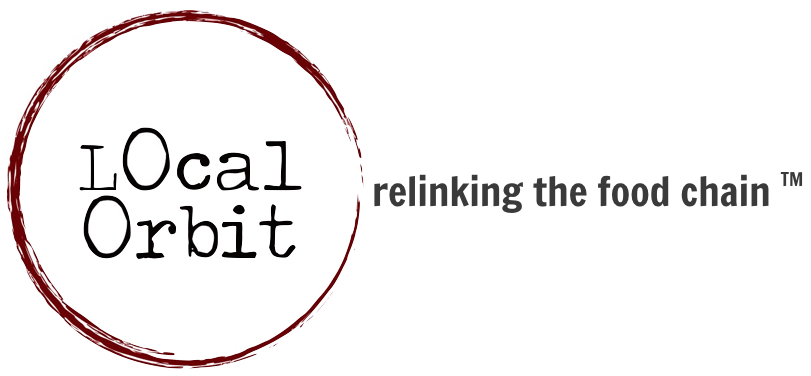Choose your producers
Who are your producers? Establish criteria. Your business facilitates and expands the opportunities for local farmers (and other food producers) to access wholesale markets. The following criteria are useful in helping you decide which farmers you want to sell and represent through your business.
Product values. What defines local for you? Do you only handle organic? Small farms? Beginning farms? These criteria should be in line with how you tell the story about your own business.
Product variety. Fresh meat? Seafood? Jams? Or just produce? Locally produced but not locally grown products like roasted coffee? It’s good to offer as wide a mix as you can handle to compete with traditional distributors and help customers meet minimums.
Product availability. Will a farmer only sell their overage of crops at the height of the season? This may cause some of your customers to turn elsewhere. Ideally a farmer will provide a wide supply, including the beginning and end of a crop’s season.
Product redundancy. You can reduce the risk of not having adequate supply by working with farmers that grow the same crops in a diversity of locales. For example, a frost or flood in one area will not wipe out the supply for customers because a backup exists. Similarly, if your only apple orchard suddenly decides to sell all of their apples elsewhere, you won’t be stuck without any apples during the height of the season. Farmers may not like the competition at first but if an incident occurs, they will appreciate that their customers can still order through your business without having to turn to a non-local distributor.
Product redundancy redux. Farmers want and need to make money through your marketplace. So it could be smart to avoid excessive duplication in the same product categories, like 20 growers of tomatoes, unless you have volume demand for those tomatoes. The operation needs to be worthwhile for participating farms. Farms who are early suppliers to your business may have taken a chance with you, expecting their sales to grow. Respect their investment in you by adding additional farms at a rate that is in line with demand. If you do have a goal of bringing on more producers, learn current producers how much they have to sell for it be worthwhile and then track their sales. If demand warrants, add more producers and aggregate with your current producers.
Product scaling. The more suppliers and buyers you work with, the more deliveries, pricing and customer service issues you should be prepared to handle. At what point will adding additional producers cost, and not benefit, your operations? While you may want to allow every single farm to sell through your hub, it’s important to ask your current producers about their willingness to grow with you by making available more product that may be selling out or by growing products not currently available. That will help you maximize existing producer relationships.
